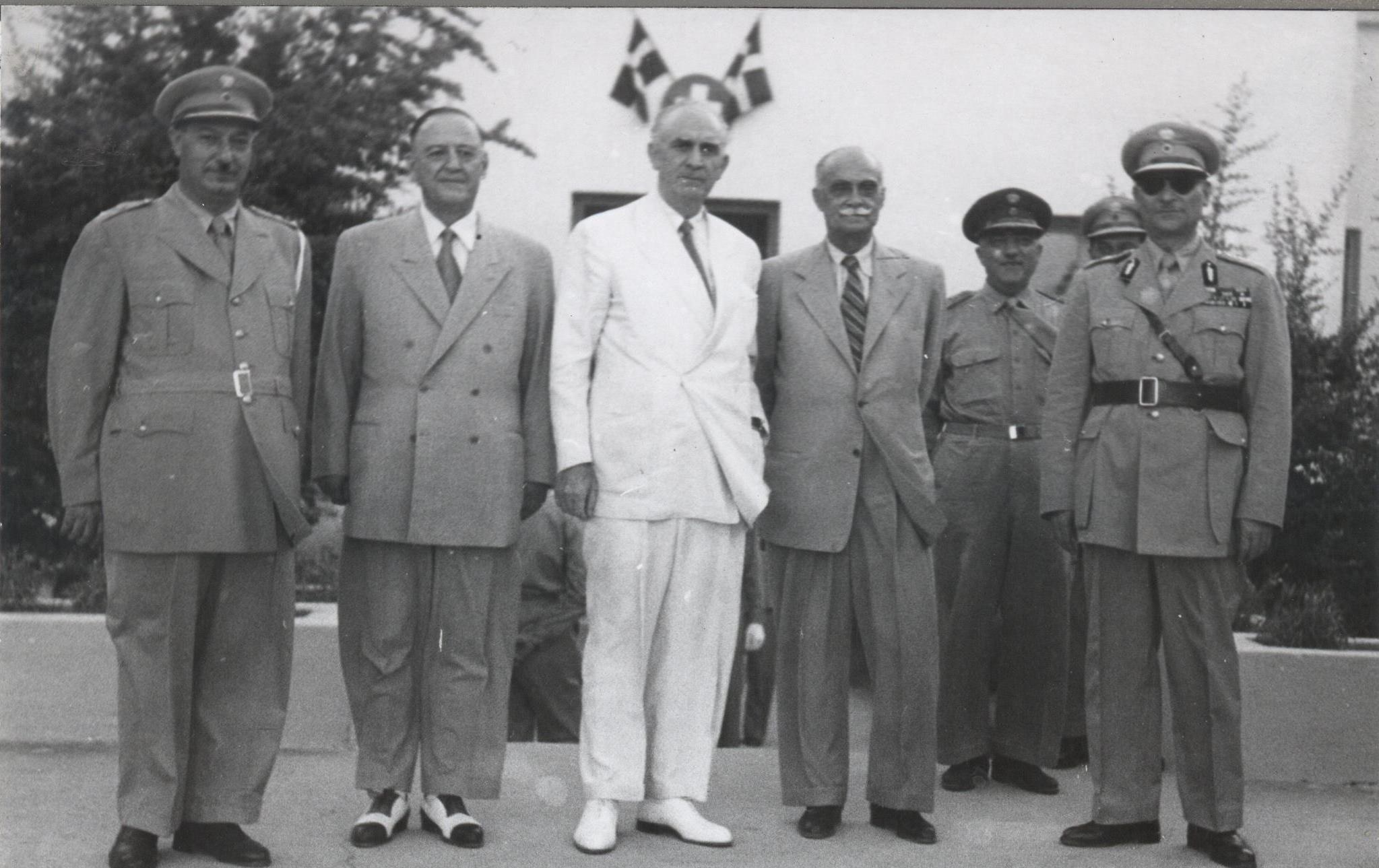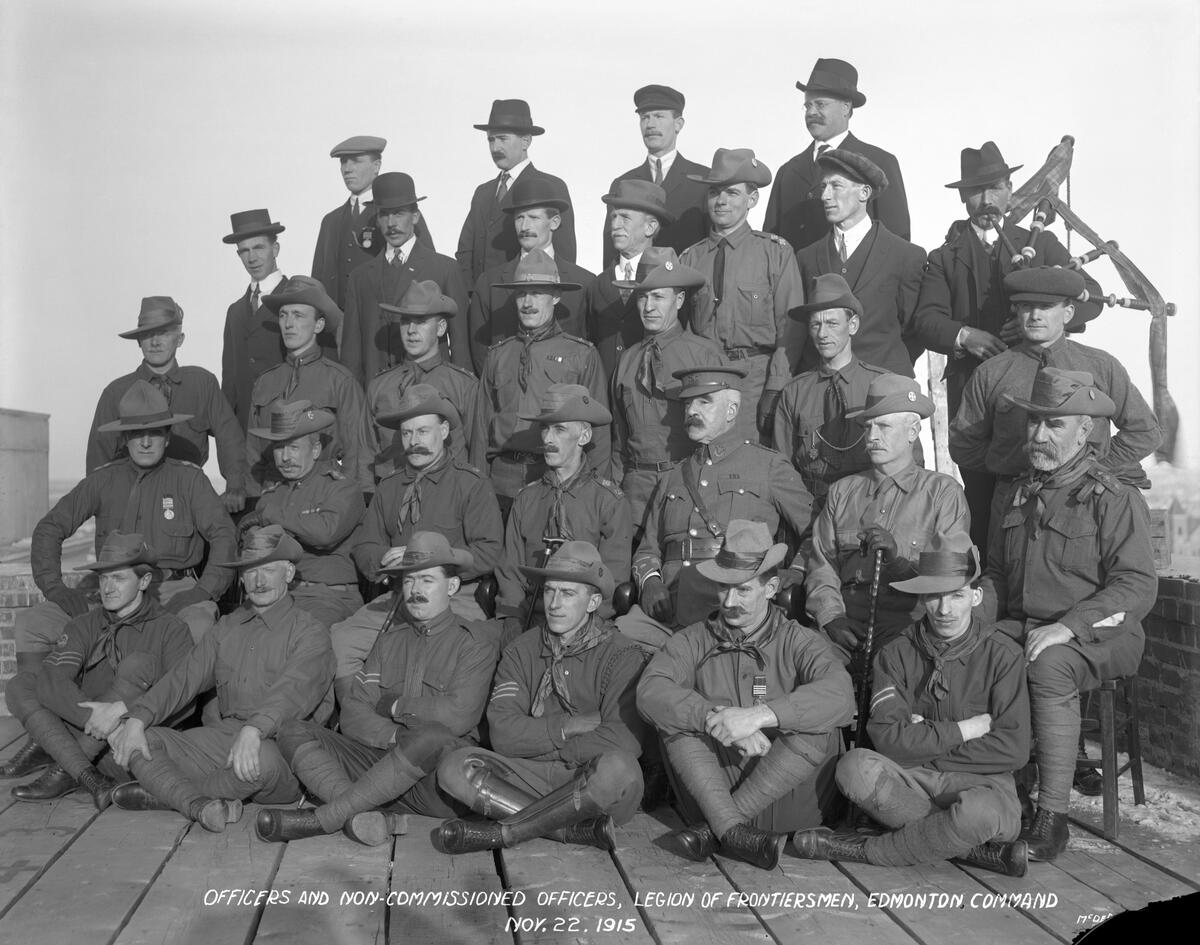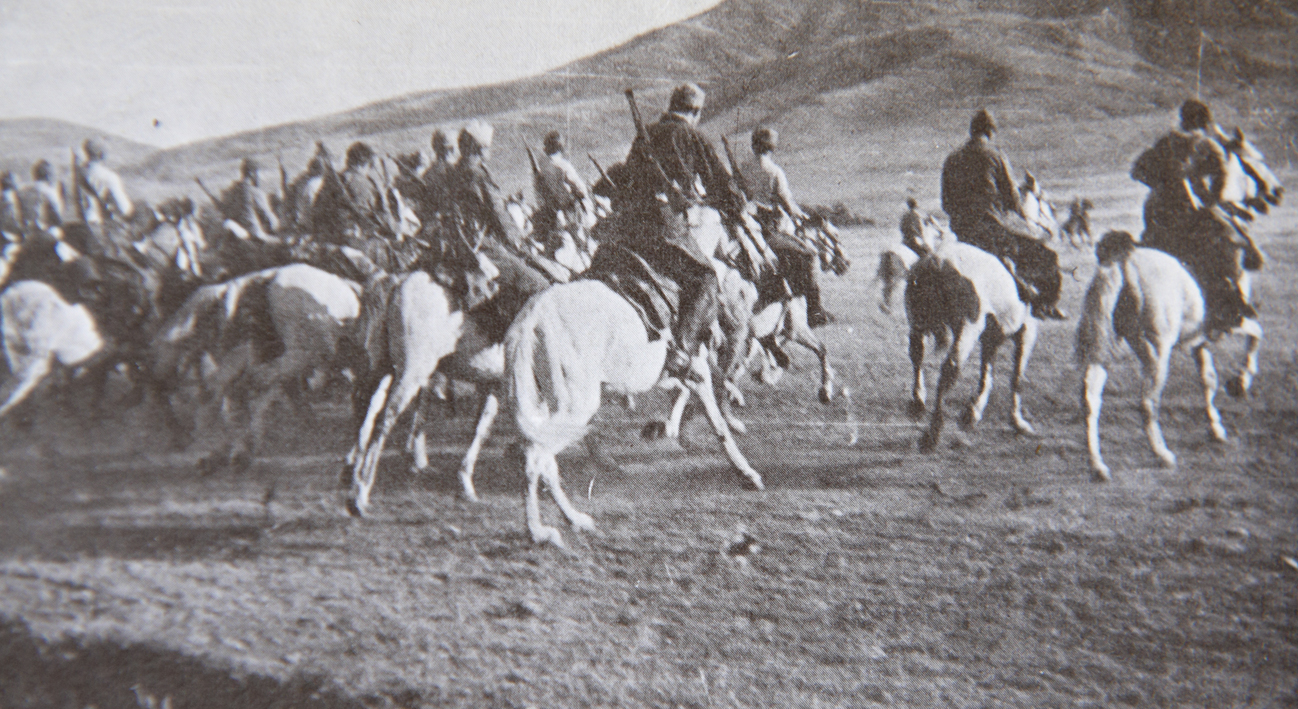|
White Terror (Greece)
In Greece, the White Terror () was the period of persecution of members of the Communist Party of Greece, Communist Party of Greece (KKE) and other former members of the leftist World War II-era Greek Resistance, resistance organization National Liberation Front (Greece), National Liberation Front (EAM) in 1945–1946, prior to the outbreak of the Greek Civil War. The term is used in Greece in an analogy to White Terror (other), similar cases elsewhere. Background During the Axis occupation of Greece, the Communist Party of Greece, communist-dominated EAM-ELAS had become the major organization within the Greek Resistance movement. By the summer of 1944, with an estimated membership of between half and two million, and disposing of some 150,000 fighters, it dwarfed its nearest non-communist rivals, EDES and National and Social Liberation, EKKA. Mounting tensions between itself and the other rival groups, sparked by ideology as well as EAM-ELAS' ambition to be the sole inst ... [...More Info...] [...Related Items...] OR: [Wikipedia] [Google] [Baidu] |
Kingdom Of Greece
The Kingdom of Greece (, Romanization, romanized: ''Vasíleion tis Elládos'', pronounced ) was the Greece, Greek Nation state, nation-state established in 1832 and was the successor state to the First Hellenic Republic. It was internationally recognised by the Treaty of Constantinople (1832), Treaty of Constantinople, where Greece also secured its full independence from the Ottoman Empire after nearly four centuries. It remained a Kingdom until 1924, when the Second Hellenic Republic was proclaimed, and from the Republic's collapse in 1935 to its 1973 Greek republic referendum, dissolution by the Greek Junta, Regime of the Colonels in 1973. A 1974 Greek republic referendum, referendum following the Metapolitefsi, regime's collapse in 1974 confirmed the effective dissolution of the monarchy and the creation of the Third Hellenic Republic. For much of its existence, the Kingdom's main ideological goal was the Megali Idea (Greek: Μεγάλη Ιδέα, romanized: Megáli Idéa, lit ... [...More Info...] [...Related Items...] OR: [Wikipedia] [Google] [Baidu] |
Georgios Papandreou
Georgios Papandreou (, ''Geórgios Papandréou''; 13 February 1888 – 1 November 1968) was a Greek politician, the founder of the Papandreou political dynasty. He served three terms as the prime minister of Greece (1944–1945, 1963, 1964–1965). He was also deputy prime minister from 1950 to 1952, in the governments of Nikolaos Plastiras and Sofoklis Venizelos. He served numerous times as a cabinet minister, starting in 1923, in a political career that spanned more than five decades. Early life Papandreou was born Georgios Stavropoulos at Kalentzi, in the Achaea region of the northern Peloponnese. He was the son of Father Andreas Stavropoulos, an Orthodox archpriest (protopresvyteros). His last name is derived from his father's Christian name and the word ''papas'' "priest". He studied law in Athens and political science in Berlin. His political philosophy was heavily influenced by German social democracy. As a result, he was adamantly opposed to the monarchy and supp ... [...More Info...] [...Related Items...] OR: [Wikipedia] [Google] [Baidu] |
Death Squad
A death squad is an armed group whose primary activity is carrying out extrajudicial killings, massacres, or enforced disappearances as part of political repression, genocide, ethnic cleansing, or revolutionary terror. Except in rare cases in which they are formed by an insurgency, domestic or foreign governments actively participate in, support, or ignore the death squad's activities. Death squads are distinguished from assassination groups by their permanent organization and the larger number of victims (typically thousands or more) who may not be prominent individuals. Other violence, such as rape, torture, arson, or bombings may be carried out alongside murders. They may comprise a secret police force, paramilitary militia groups, government soldiers, policemen, or combinations thereof. They may also be organized as vigilantes, bounty hunters, mercenaries, or contract killers. When death squads are not controlled by the state, they may consist of insurgent forces or organize ... [...More Info...] [...Related Items...] OR: [Wikipedia] [Google] [Baidu] |
Thessaly
Thessaly ( ; ; ancient Aeolic Greek#Thessalian, Thessalian: , ) is a traditional geographic regions of Greece, geographic and modern administrative regions of Greece, administrative region of Greece, comprising most of the ancient Thessaly, ancient region of the same name. Before the Greek Dark Ages, Thessaly was known as Aeolia (, ), and appears thus in Homer's ''Odyssey''. Thessaly Convention of Constantinople (1881), became part of the modern Greek state in 1881, after four and a half centuries of Ottoman Greece, Ottoman rule. Since 1987 it has formed one of the country's 13 Modern regions of Greece, regions and is further (since the Kallikratis reform of 2011) sub-divided into five regional units of Greece, regional units and 25 municipalities of Greece, municipalities. The capital of the region is Larissa. Thessaly lies in northern central Greece and borders the regions of Macedonia (Greece), Macedonia to the north, Epirus (region), Epirus to the west, Central Greece (geo ... [...More Info...] [...Related Items...] OR: [Wikipedia] [Google] [Baidu] |
Peloponnese
The Peloponnese ( ), Peloponnesus ( ; , ) or Morea (; ) is a peninsula and geographic region in Southern Greece, and the southernmost region of the Balkans. It is connected to the central part of the country by the Isthmus of Corinth land bridge which separates the Gulf of Corinth from the Saronic Gulf. From the late Middle Ages until the 19th century, the peninsula was known as the Morea, a name still in colloquial use in its demotic form. The peninsula is divided among three administrative regions: most belongs to the Peloponnese region, with smaller parts belonging to the West Greece and Attica regions. Geography The Peloponnese is a peninsula located at the southern tip of the mainland, in area, and constitutes the southernmost part of mainland Greece. It is connected to the mainland by the Isthmus of Corinth, where the Corinth Canal was constructed in 1893. However, it is also connected to the mainland by several bridges across the canal, including two submers ... [...More Info...] [...Related Items...] OR: [Wikipedia] [Google] [Baidu] |
Crete
Crete ( ; , Modern Greek, Modern: , Ancient Greek, Ancient: ) is the largest and most populous of the Greek islands, the List of islands by area, 88th largest island in the world and the List of islands in the Mediterranean#By area, fifth largest island in the Mediterranean Sea, after Sicily, Sardinia, Cyprus, and Corsica. Crete is located about south of the Peloponnese, and about southwest of Anatolia. Crete has an area of and a coastline of 1,046 km (650 mi). It bounds the southern border of the Aegean Sea, with the Sea of Crete (or North Cretan Sea) to the north and the Libyan Sea (or South Cretan Sea) to the south. Crete covers 260 km from west to east but is narrow from north to south, spanning three longitudes but only half a latitude. Crete and a number of islands and islets that surround it constitute the Region of Crete (), which is the southernmost of the 13 Modern regions of Greece, top-level administrative units of Greece, and the fifth most popu ... [...More Info...] [...Related Items...] OR: [Wikipedia] [Google] [Baidu] |
Organization X
The Organization ''X'' (; commonly referred to simply as ''X'' (" Chi" in Greek), and members as Chites (Χίτες)) was a paramilitary right-wing anti-communist royalist organization set up in 1941 during the Axis occupation of Greece. Initially an anti-Axis resistance organization, it gradually shifted its focus towards anti-communism. In 1951, ''X'' was officially recognized as a ''National Organization of Internal Resistance'' by the Greek Ministry of National Defense. Following the end of the Axis occupation, it played an active role in the persecution of communists during the White Terror and various military operations of the Greek Civil War, most notably the Dekemvriana. Foundation and activities during the Occupation Organization ''X'' was founded in 1941 by General Georgios Lavdas with Colonel Georgios Grivas acting as his chief of staff. Lavdas soon came into conflict with other members of the group because of his radical monarchist ideology, leading him to dep ... [...More Info...] [...Related Items...] OR: [Wikipedia] [Google] [Baidu] |
Paramilitary
A paramilitary is a military that is not a part of a country's official or legitimate armed forces. The Oxford English Dictionary traces the use of the term "paramilitary" as far back as 1934. Overview Though a paramilitary is, by definition, not a military, it is usually equivalent to a light infantry or special forces in terms of strength, firepower, and organizational structure. Paramilitaries use combat-capable kit/equipment (such as Internal security vehicle, internal security/SWAT vehicles), or even actual military equipment (such as Long gun, long guns and Armoured personnel carrier, armored personnel carriers; usually military surplus resources), skills (such as battlefield medicine and bomb disposal), and tactics (such as urban warfare and close-quarters combat) that are compatible with their purpose, often combining them with skills from other relevant fields such as law enforcement, coast guard, or search and rescue. A paramilitary may fall under the command of a ... [...More Info...] [...Related Items...] OR: [Wikipedia] [Google] [Baidu] |
Greek Gendarmerie
The Hellenic Gendarmerie (, ''Elliniki Chorofylaki'') was the national gendarmerie and military police (until 1951) force of Greece. History 19th century The Greek Gendarmerie was established after the enthronement of Otto of Greece, King Otto in 1833 as the Royal Gendarmerie () and modeled after the France, French National Gendarmerie. It was at that time formally part of the Hellenic Army, army and under the authority of the Army Ministry. Several foreign advisers (particularly from Kingdom of Bavaria, Bavaria, who emphasized elements of centralization and authoritarianism), were also brought in to provide training and tactical advice to the newly formed force. The main task of the Gendarmerie under the army as a whole during this period was firstly to combat the extensive banditry which was endemic in the countryside throughout the 19th century and included kidnappings for ransom, the suppression of local revolts, and the establishment of a strong executive government. Dimi ... [...More Info...] [...Related Items...] OR: [Wikipedia] [Google] [Baidu] |
Security Battalions
The Security Battalions (, derisively known as ''Germanotsoliades'' (Γερμανοτσολιάδες, meaning "German tsoliás") or ''Tagmatasfalites'' (Ταγματασφαλίτες)) were Greek collaborationist paramilitary groups, formed during the Axis occupation of Greece during World War II in order to support the German occupation troops. History The Battalions were founded in 1943 by the government of Ioannis Rallis. The Rallis cabinet passed the law raising the Security Battalions on 7 April 1943. The driving force behind raising the Security Battalions was the former dictator, General Theodoros Pangalos, who saw the Security Battalions as his means of making a political comeback, and most of the Hellenic Army officers recruited into the Security Battalions in April 1943 were republicans who were in some way associated with Pangalos. The National Schism between royalists and republicans was still going strong in the 1940s, with considerable tensions between ... [...More Info...] [...Related Items...] OR: [Wikipedia] [Google] [Baidu] |
Red Terror (Greece)
Red Terror (Greek: Ερυθρά or Κόκκινη Τρομοκρατία) is a term used by some historians to describe incidents of violence against civilians that were considered "traitors" by EAM (which was directed mainly by the KKE), because these civilians allegedly collaborated with groups (occupying forces, militia groups such as EDES, royalists etc) that wanted Greece to be under the political, economic and military influence of other foreign forces; either of Axis powers, from 1943 to 1944 or under British influence, from 1943 to 1949 and during the Greek Civil War. In the countryside, operations were conducted by the ELAS; in cities, by the Organization for the Protection of the People's Struggle (OPLA). The discourse about "red terrorism" was first formulated during the German Occupation as part of the anti-EAM propaganda of the occupying forces and their Greek collaborators. Later it was adopted by a British commission which mediated between EAM-ELAS and the Gr ... [...More Info...] [...Related Items...] OR: [Wikipedia] [Google] [Baidu] |
Aris Velouchiotis
Athanasios Klaras (; August 27, 1905 – June 15, 1945), better known by the ''nom de guerre'' Aris Velouchiotis (), was a Greek journalist, politician, member of the Communist Party of Greece, the most prominent leader and chief instigator of the Greek People's Liberation Army (ELAS) and the military branch of the National Liberation Front (Greece), National Liberation Front (EAM), which was the major Greek Resistance, resistance organization in Axis Occupation of Greece, occupied Greece from 1942 to 1945. Early years Athanasios Klaras was born in Lamia (city), Lamia, Greece in 1905, to an urban upper class family of Aromanians, Aromanian origin. His father was Dimitrios Klaras, a well-known lawyer in the area and his mother was Aglaia Zerva. Initially Klaras studied journalism, but later attended and graduated from the Geoponic School of Larissa. He left for Athens, where he did various jobs, participated in the Left-wing politics, leftist and Antimilitarism, antimilitary mov ... [...More Info...] [...Related Items...] OR: [Wikipedia] [Google] [Baidu] |








